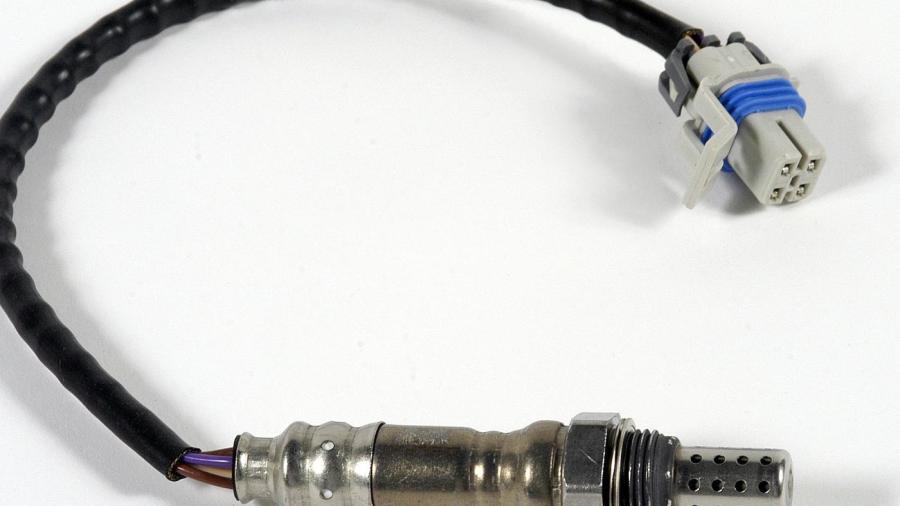What Are Symptoms of a Bad Oxygen Sensor?

The typical signs of a faulty oxygen sensor include increased exhaust emissions due to poor air fuel mixture, engine hesitations, engine misfires, stalling, rough idling and increased fuel consumption. The oxygen sensor is a crucial component of a vehicle’s electronic fuel injection and emission system, and it relays information to an on-board engine management computer that regulates fuel delivery to the engine.
Oxygen sensors are normally screwed into the exhaust manifold and detect unburned combustibles in the exhaust flow using ceramic elements and send readings to a computer via electric wires and relays. The computer then analyzes the readings to ensure the correct ratio of air fuel mixture for optimal fuel economy.
A modern oxygen sensor’s life span is typically 100,000 miles, but carbon buildup on probes often causes premature failures, according to Popular Mechanics. Contaminated fuel, leaded gasoline and gasoline with high silicone content can corrode sensor probes that lead to malfunction. Malfunctioning oxygen sensors relay inaccurate air fuel mixture readings to the engine management computer.
Most modern vehicles come equipped with a “Check Engine” light activated by the engine management computer to warn drivers that the vehicle’s oxygen sensors are failing. This warning light is located along other warning lights on the dashboard.





